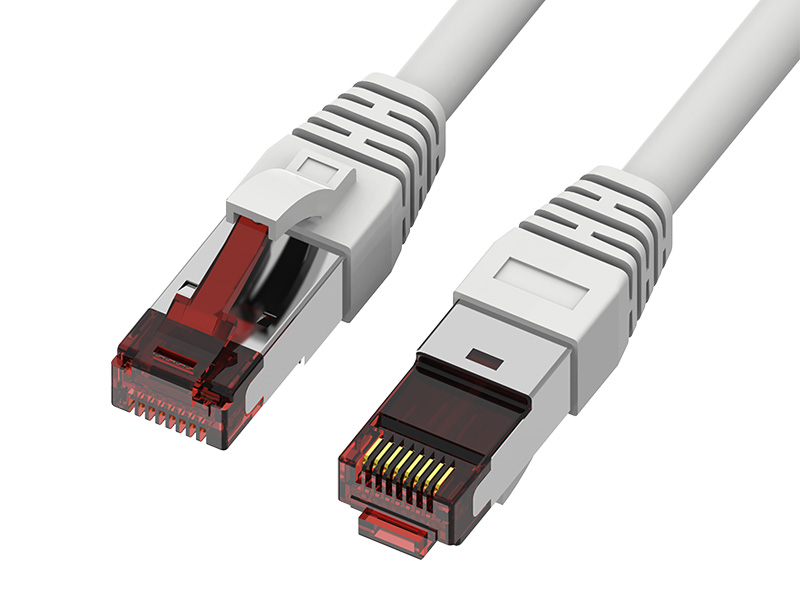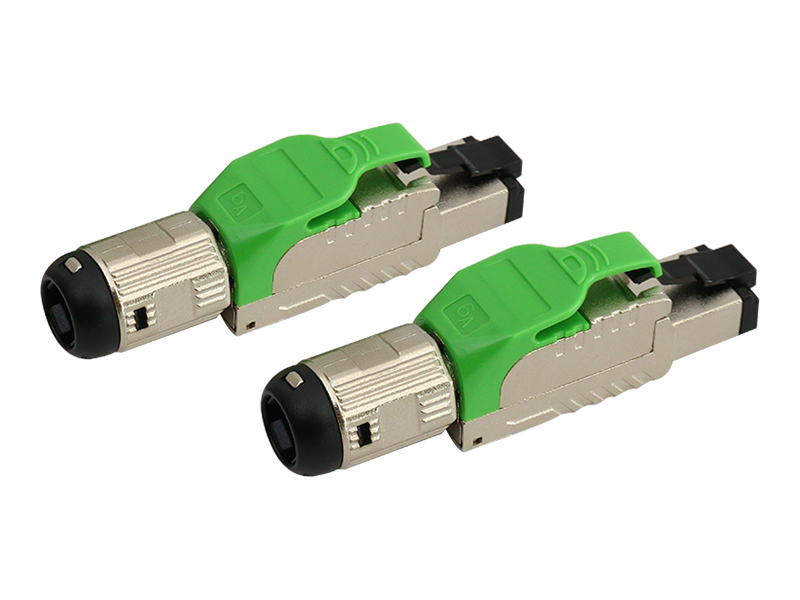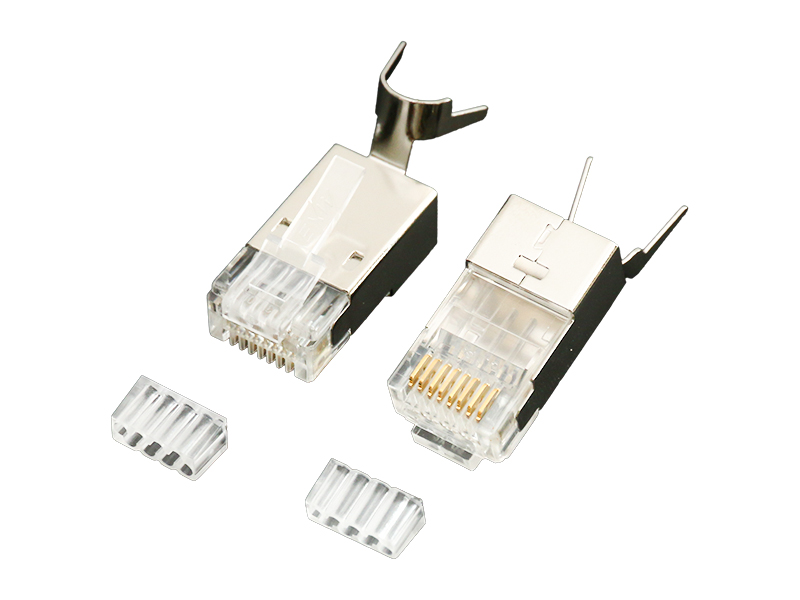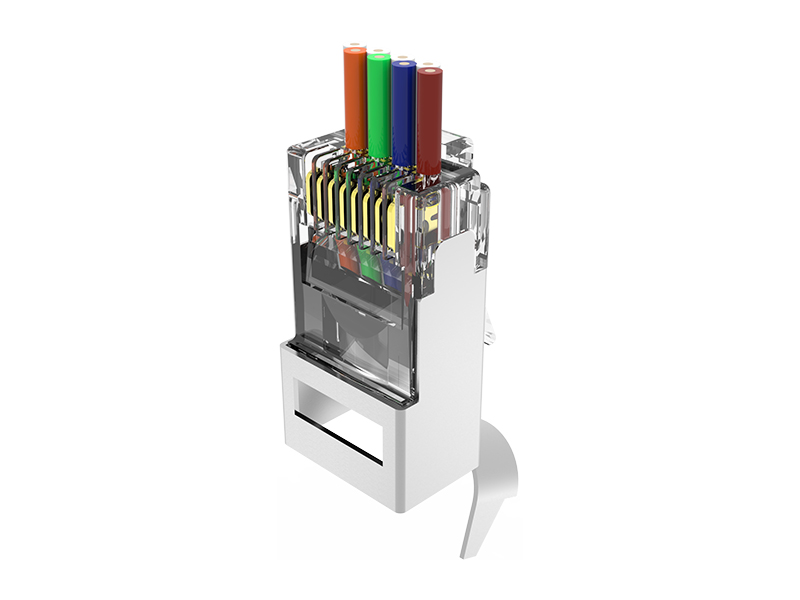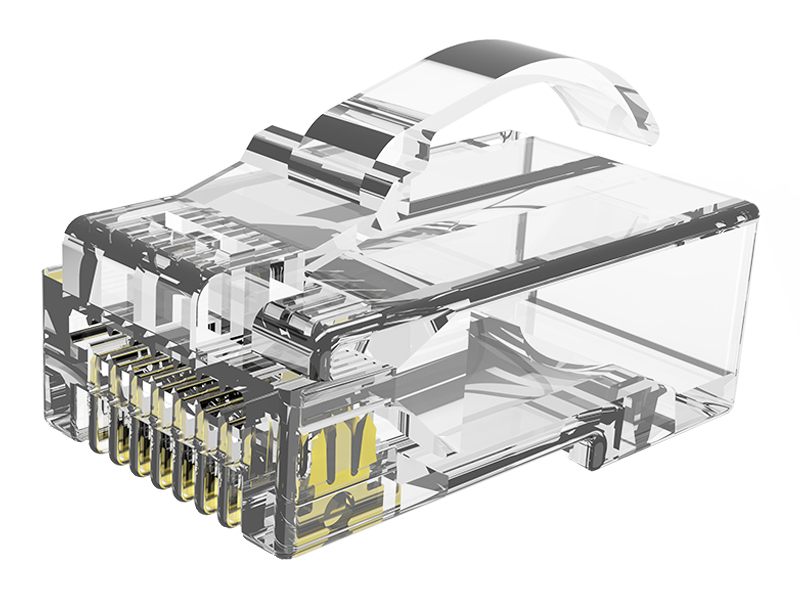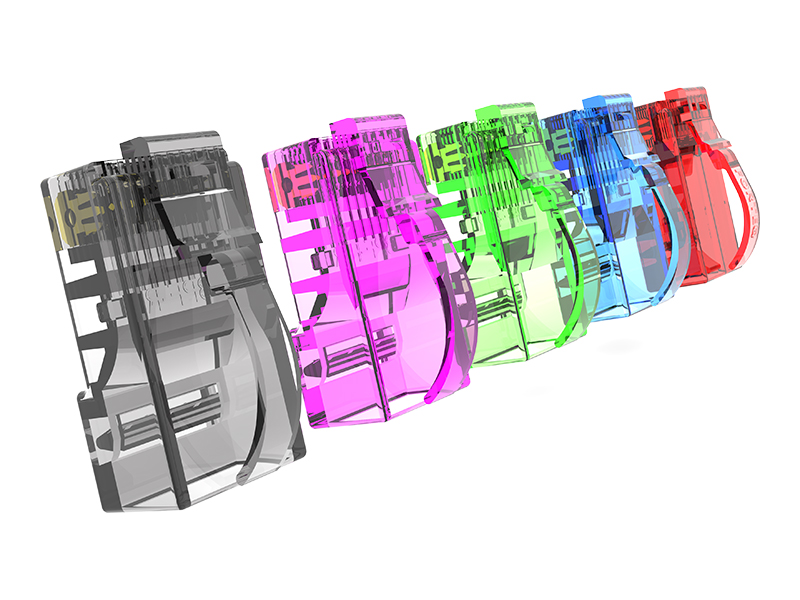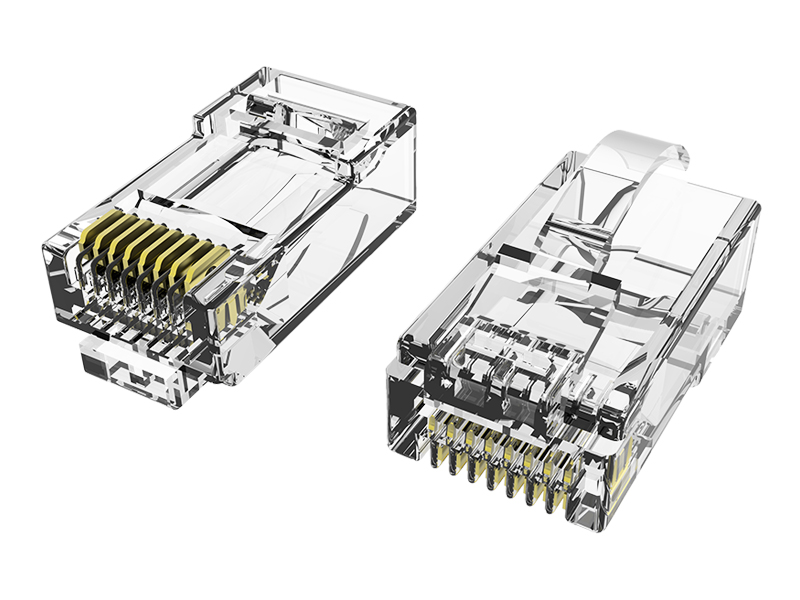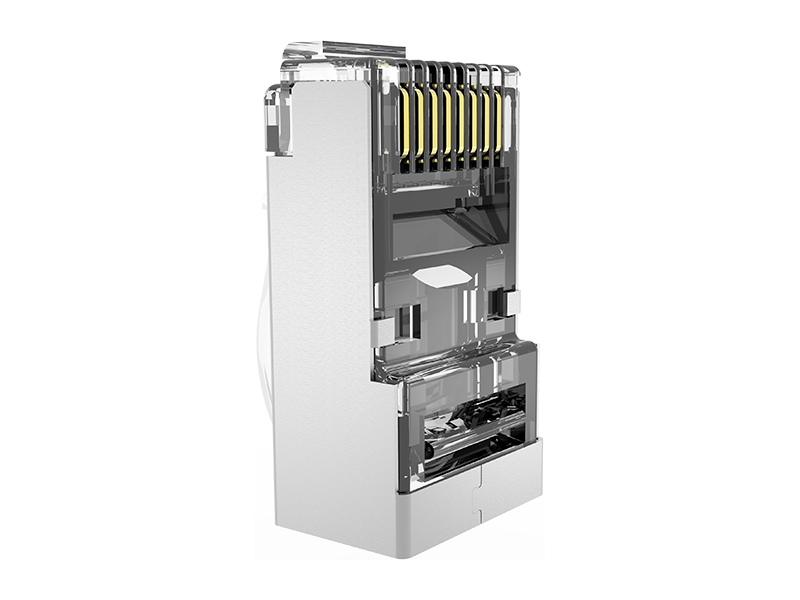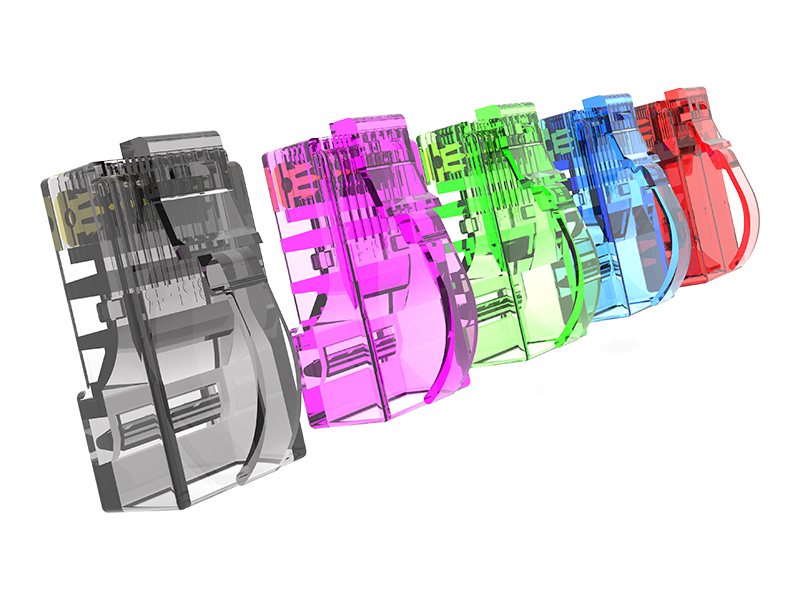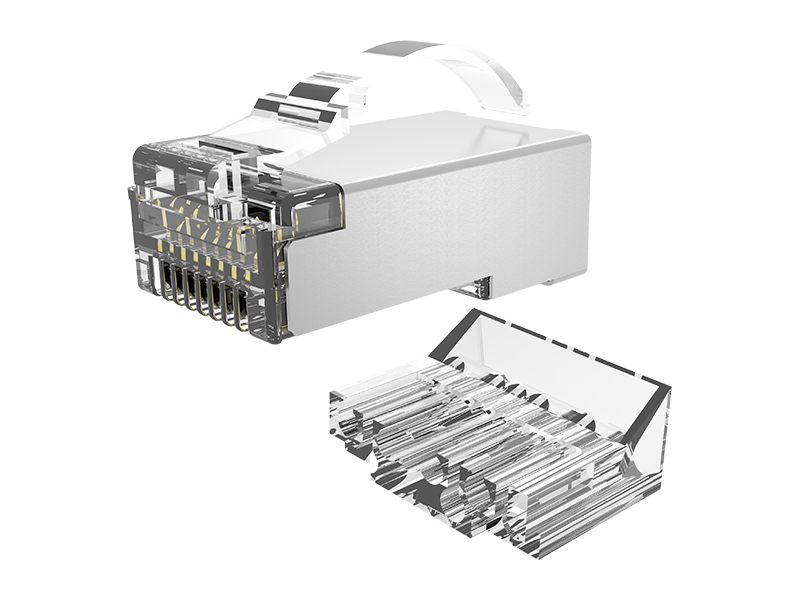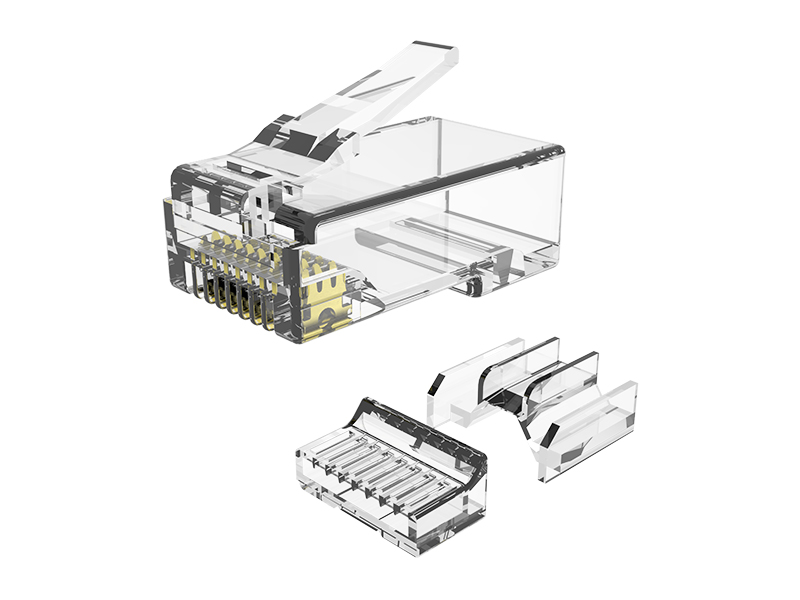In the intricate dance of data transmission within network infrastructures, the specter of signal crosstalk lurks as a persistent threat.
Shielded CAT.6 patch cords emerge as the unsung heroes in this narrative, armed with a repertoire of crosstalk reduction mechanisms.
At the heart of the crosstalk reduction strategy lies the ingenious design of the twisted pair configuration within shielded CAT.6 patch cords. In this arrangement, pairs of conductors are twisted together along the length of the cable. The intentional twisting serves a dual purpose: it enhances signal integrity and acts as a natural countermeasure against the effects of crosstalk.
The twisting of pairs reduces the electromagnetic coupling between adjacent cables. This means that even if external interference attempts to induce crosstalk by affecting one pair, the opposing twists in adjacent pairs work to cancel out the interference. The result is a more robust and interference-resistant signal transmission pathway.
The defining feature of shielded CAT.6 patch cords is, as the name suggests, the incorporation of a shielding layer. This shielding layer typically consists of materials like aluminum or copper, known for their conductive properties. The shielding encases the twisted pairs, creating a protective barrier against external electromagnetic interference.
When external electromagnetic signals attempt to infiltrate the cable, the shielding acts as a shield, absorbing and redirecting the interference away from the internal conductors. This shielding effectiveness is crucial in neutralizing the impact of external signals that could contribute to crosstalk, ensuring that the transmitted data remains secure and uncompromised.
Proper grounding ensures that any external electromagnetic energy that manages to breach the shielding is swiftly directed to the ground, preventing it from affecting the integrity of the transmitted signals. This grounded approach adds an extra layer of security, making shielded CAT.6 patch cords resilient against crosstalk-induced vulnerabilities.
Shielded CAT.6 patch cords may employ two main types of shielding: foil and braided shielding. Foil shielding involves wrapping the cable with a thin layer of metallic foil, providing effective protection against high-frequency interference. Braided shielding, on the other hand, consists of a mesh of conductive material woven around the cable, offering robust defense against both high and low-frequency interference.
The combination of foil and braided shielding in some high-quality shielded CAT.6 patch cords further enhances their crosstalk reduction capabilities. This dual-layered shielding approach reinforces the cable's ability to fend off a broader spectrum of electromagnetic interference, making it a reliable choice for environments where crosstalk poses a significant security concern.
The overall construction of shielded CAT.6 patch cords ensures continuous cable integrity, which is crucial in maintaining crosstalk reduction over the entire length of the cable. The shielding is carefully applied to every section of the cable, leaving no room for vulnerabilities.
The meticulous construction ensures that from the connector to the twisted pairs and throughout the length of the cable, the shielding is consistently in place, providing a seamless defense against crosstalk. This holistic approach to cable integrity reinforces the cable's ability to maintain signal quality and security across the network.



 中文简体
中文简体 English
English Français
Français Deutsch
Deutsch عربى
عربى

